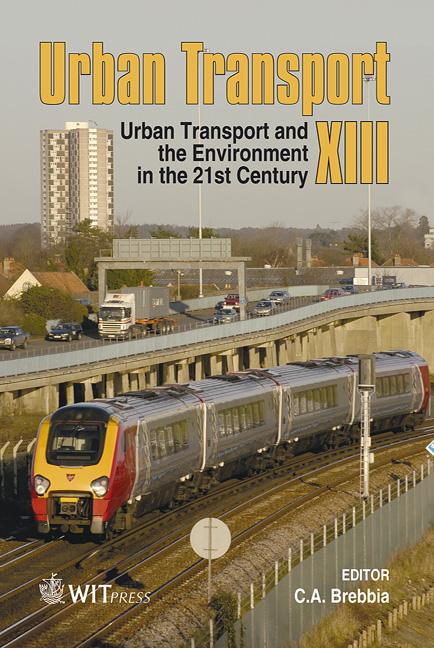Travel Time Cost Functions For Urban Roads: A Case Study In Italy
Price
Free (open access)
Transaction
Volume
96
Pages
11
Published
2007
Size
654 kb
Paper DOI
10.2495/UT070231
Copyright
WIT Press
Author(s)
A. Cartenì & V. Punzo
Abstract
Cost functions are commonly used in traffic assignment to account for the effects of congestion on road link performances. Despite their influence on assignment results, not many effective functions are available at least for urban roads. Indeed, the effects of congestion on the travel time required to cross an urban link have often been considered negligible in comparison with those on delays at intersections. Nonetheless, traffic flow disturbances like side-parking can appreciably affect link travel time with the rise in congestion, especially in the roads of ancient centres in historical cities. Hence this paper presents a travel time function for urban road links including the effect of side-parking, secondary streets and road winding on the worsening of performance due to congestion. Model parameter identification was based both on empirical and experimental data, the latter having been obtained by means of a calibrated micro-simulation model. Cross-validation results do not exclude the possibility of applying the proposed function to different urban areas. Keywords: cost function, travel time. 1 Background Cost functions are commonly used in traffic assignment to account for the effects of congestion on road link performance. In static supply models, the \“generalized transport cost” on a link is generally expressed as the weighted sum of three terms: running time, waiting time at intersections and monetary cost. While models for the latter two terms are widespread in the literature, little research in urban contexts has been carried out to define a function between travel time and
Keywords
cost function, travel time.





